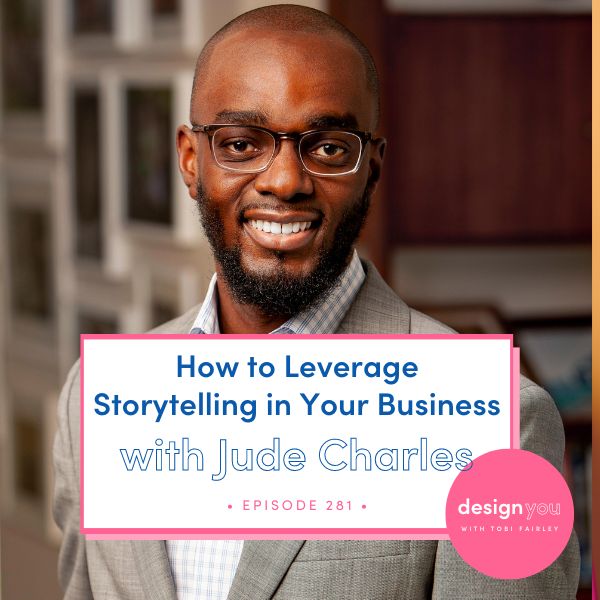
How do you present yourself to the world through your business? Storytelling is one of the most powerful ways you can communicate your value in this world, and my guest this week is here to help you leverage the power of tenacious storytelling and vulnerability in your business.
I’m super excited to introduce you to a new friend of mine, Jude Charles. Jude has been producing documentaries for entrepreneurs for the past 17 years, and it’s fair to say he’s learned everything there is to know about storytelling in that time. Every time I speak with Jude, I feel inspired to tap into the next version of myself, and I know you’re going to love him too.
Tune in this week to discover how to leverage the power of tenacious storytelling in your business. Jude is sharing how he helps his clients bring their stories to life, the importance of continually redefining your why, and he’s sharing his tips for building unwavering courage in everything you do as an entrepreneur.
Our Online Course Incubator relaunches again in the fall of 2023. We only take 10 participants, so click here to get on the waitlist!
Discover a new path to success in the Interior Design Industry with our live 3-part training: How To Create Additional Revenue Streams. Join us as we teach you the strategies to launch innovative income streams, freeing you from the limitations of traditional design services. Don’t miss this opportunity to revolutionize your business and thrive in today’s competitive landscape. Grab the Training Series now to prepare your business for today & beyond!





